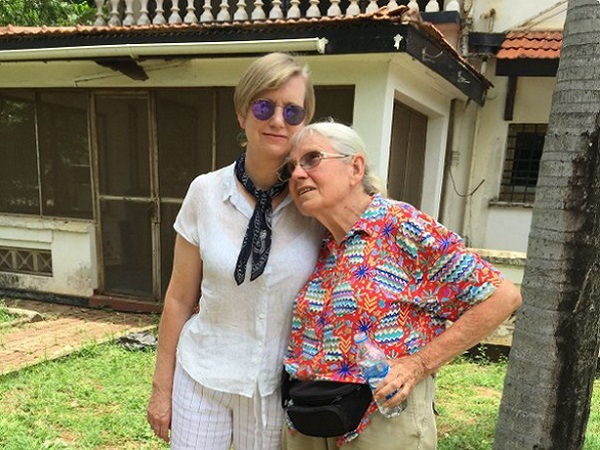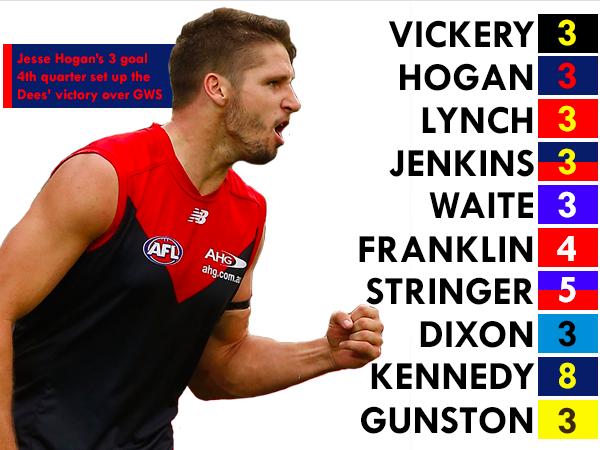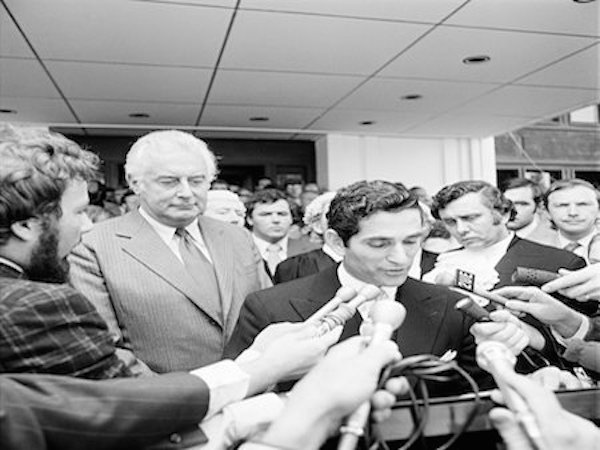If you were to paint a stereotypical picture of Brazil, what would it look like?
No doubt you’d have the famous Copacabana beach, overlooked by Christ the Redeemer perched on top of Corcovado Mountain. You would also have to find room for Sugarloaf Mountain, with its world-famous cable car. A sprinkle of the notorious favelas and a mischievous street urchin or two.
This is the idyllic portrait of the world’s fifth-largest country that its government and tourism bureaus hope to paint for the 3.7 million people expected to attend the 2014 FIFA World Cup.
The reality is very different.
This graffiti in Brazil is more powerful than a thousand words. pic.twitter.com/RgHLlGfraQ
— Football__Tweet (@Football__Tweet) May 28, 2014
In 2007, when the rights to hold the 2014 World Cup were announced, Brazil was victorious. FIFA President Sepp Blatter espoused Brazil’s apparent star footballer production line, calling the country’s presentation “extraordinary” and informing media that the sport’s governing body had awarded Brazil the rights “unanimously”.
The only problem with that statement was that Brazil was literally the only option.
Not a single country ran against them. Colombia submitted a bid to FIFA just days after Brazil did and then withdrew it later the following year.
Perhaps the reason for Colombia’s withdrawal was this: World Cups are expensive. Brazil’s budget for 2014 has ballooned to a staggering $11 billion. Meanwhile the stadium charged with hosting the opening match, a meeting between the host nation and Croatia in São Paulo, is unfinished.
In a country such as Brazil, where the gap between the wealthy and the poor is already wide and constantly growing and where the average worker makes just 37 per cent of what their North American counterparts do, it is not unreasonable to suggest that there are better uses for the $11 billion spent on luring the World Cup.
The people of Brazil are now starting to realise this. They understand that the majority of the population will never see the economic benefits of hosting the world’s largest sporting tournament. It is expected that the World Cup and its influx of tourists will fill Brazil’s coffers with $3 billion – just over a quarter of what it spent preparing the country for the showpiece event.
Anti-FIFA Graffiti Is Covering The Streets Of Brazil. Check them here: http://t.co/vFvTlPMti6 pic.twitter.com/xKcLgf3EKK — Inspirationals (@Inpirationals) May 31, 2014
Brazil has some of the highest crime rates in the world. In 2006, the year before the country won the rights to the 2014 World Cup, almost 50,000 people were murdered. Carjacking, petty theft and assault are all extremely common during major festivals or events.
The government has what appears to be a two-fold plan to curb the epidemic of violence. Desperate to prove to the world that Brazil is safe and no harm will come to its 3.7 million visitors, they have begun bulldozing the favelas, home to the impoverished and criminals alike.
In addition, the security budget for the World Cup now runs into the billions. America’s FBI has sent a task-force of 40 agents under an “anti-terror” banner to the country.
In over 100 cities around Brazil, including Rio de Janeiro and São Paulo, the people are angry. They are flooding the streets nightly, protesting against what they see as a tournament funded by governmental corruption and greed.
Brazilian photojournalist Ana Lira says 27 people have died and 300 have been wounded as the government deploys military forces in attempts to curb demonstrators. Initially just anarchist groups, they have now been joined by everyday working class people, eager to rally against the system.
Anti-FIFA graffiti is spread across Brazil. This one is powerful #WorldCup #Brazil2014 pic.twitter.com/GzqTbgvLJW
— BiHFootball (@BiHFootball) May 29, 2014
“Instead of our government…ending the demarcation of indigenous lands, it is investing billions in an event that lasts for a month and prioritizing big business over ancestral rights,” says Lindomar Terena, an indigenous Brazilian protestor.
It certainly doesn’t help that Brazil’s economy, previously the sixth largest in the world, has stagnated under new President Dilma Rousseff. Economic growth has slowed by 6.6 per cent since 2011, with just 2.5 per cent growth expected in 2014.
Just 10 days from the first match, in which Brazil is expected to win comfortably, riot police guard the streets at night, against protestors who have now begun warning tourists against travelling to the country.
It is almost unprecedented, in a country where their footballers are treated like gods, that the people have struck an anti-FIFA rallying cry. It goes “Nao Vai Ter Copa” and it means “There Will Be No World Cup.”
What of A Seleção? They are expected to win the tournament – and handsomely. What of their brilliant, enigmatic young striker Neymar? It is likely the 22-year-old holds the political and cultural future of his country in his hands, or more aptly, at his feet.
The people expect the World Cup trophy, 6kg of gold, to stay in the country. A victory may placate the masses and no doubt bring a great deal of relief to a government desperate for a return on its investment.
Brazilian football receives more accolades for its rhythm, its joga bonito style, the flair and energy it brings to the world’s table than anyone else.
It may take a team of 11 men, led by a diminutive 22-year-old, to save their country.
Jordan Witte is a third-year Bachelor of Sport Journalism student at La Trobe University. You can follow him on Twitter: @wittsjw







